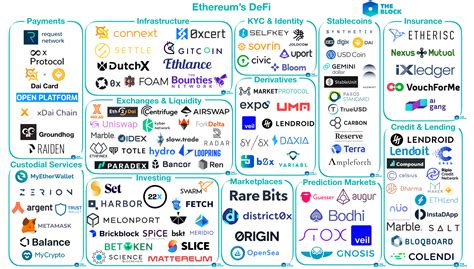Understanding Ethereum Transaction Fees: A Guide
Ethereum, a decentralized platform for Building Smart Contracts and Decentralized Applications (Dapps), Relies on Transaction Fees to Incentivize Users to Validate Transactions on the Network. These fees are a crucial aspect of the ethereum ecosystem, as they provide a mechanism for users to support the validation process and ensure the security of the network.
However, Accessing Information About Average Transaction Fees Paid about Time Can Be Challenging Without Proper Tools Or Data Sources. In this article, We’ll Explore Various Options to Gather This Valuable Information and Understand How It Impacts The Ethereum Network.
Where to find Average Transaction Fees
While Blockexplorer and Sytes Provide Some Insight Into Transaction Fees, They Don’t Offer A Comprehensive Overview of Average Fees Paid about Time. To Access More Detailed Data, You May Need To Rely On Specialized Tools Or Third-Party Sources:
- Ethereum Data Analytics : Websites like Etherscan (Etherscan.io) and Blockexplorer Provide Detailed Information about Ethereum Transactions, Including Transaction Fees. While they don’t sacrifice a straightforward way to view Average transaction fees, they do allow filtering by time period and block number.
- Chainalysis : A blockchain analytics platform, chainalysis sacrifices data on Ethereum transactions, including transaction fees. However, Their Apis Require Technical Expertise to Access the Required Data.
- Etherscan’s API

: ETHERSCAN PROVIDES AN API THAT ALLOWS Developers to Retrieve Detailed Information about Ethereum Transactions, Including Transaction Fees (Under A Subscription-based Model). This data can be used for research and analysis purposes.
- Third-Party Data Sources :
* Inflection Point Analytics : A Company Specializing in Blockchain Analytics, Inflection Point Provides Insights Intoeum Transactions, Including Average Transaction Fees.
* CryptoSlate
: A Cryptocurrency News Platform, CryptoSlate Offers Data on Ethereum Transactions, Including Transaction Fees.
How to access Average Transaction Fees
Once You’ve Chosen A Reliable Data Source Or Tool, Here’s How To Access The Information:
- Log in to your chosen platform OR API.
- Use filters or sorting options (e.g., “last 100 blocks”) to narrow down the data to relevant time periods and block Numbers.
- Utilize the Data Analytics Capabilities (E.G., Filtering by Transaction Type, Wallet Address) to Identify Transaction Fees Over A Specific Period.
Example: Average Transaction Fees about Last 100 Blocks
Using Etherscan’s API, You can Retrieve Detailed Information About Ethereum Transactions for Any Given Time Period and Block Number:
`Javascript
Const etherscan = Require (‘Etherscan-api’);
Const api = etherscan.getapi ();
ASYNC Functions TaveraDansactionfees () {
Contronse = Await API.get (‘Eth/Transactions’, {
perpage: 100,
Page: 1, // Last 100 Blocks
Sortby: ‘Timestamp’,
Order: ‘DESC’,
});
Conc transactions = response.data;
Conste Fees = [];
For (Contransaction of Transactions) {
fees.push (transaction.fee);
}
Const average fees = fees.reduce ((a, b) => a + b, 0) / fees.length;
Return Average fees;
}
tavera transaction fees (). Then ((Averagfee) => console.log (Averagfee));
`
Conclusion
Accessing Average Transaction Fees Paid about Time Can Be Achieved Through Various Tools and Platforms. While It May Require Some Technical Expertise or Subscription-Based Models, The Provised Examples Demonstrate How to Extract This Valuable Information. By Understanding Ethereum Transaction Fees, Users Can Better Comprehend the Underlying Mechanics of the Network, Making Informed Decisions about Their Investment strategies.



Geef een reactie